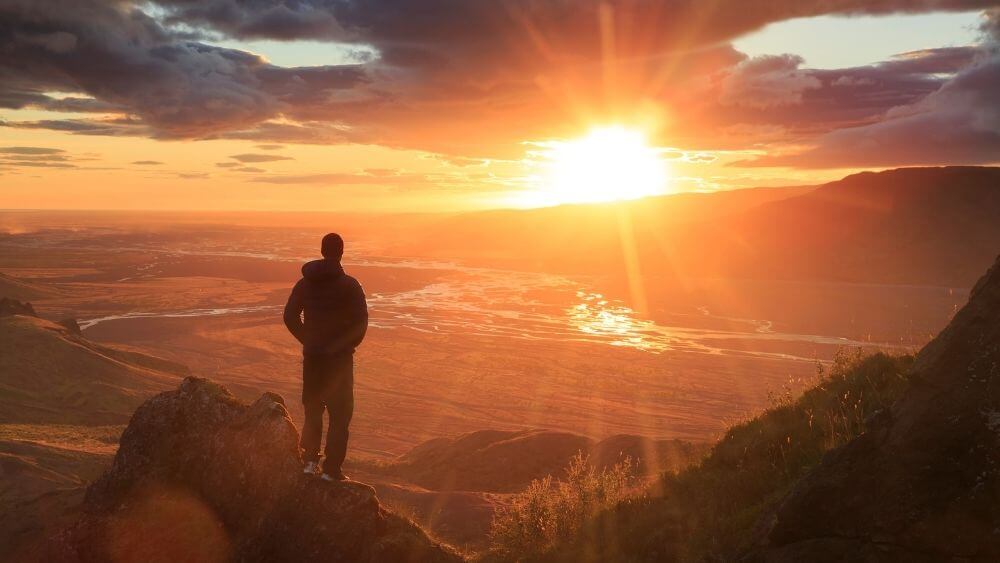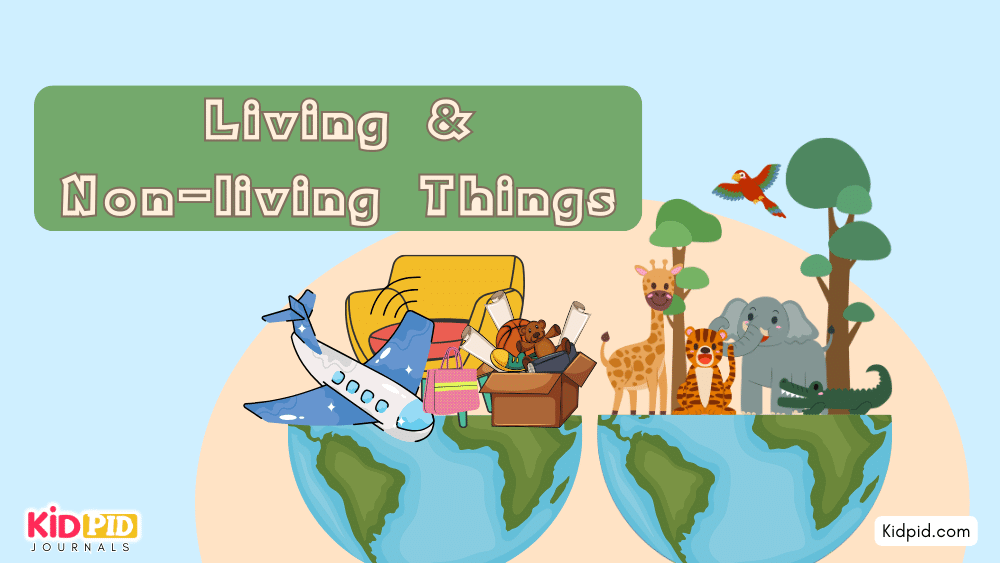Where does the Sun go at night?

Do you know who or what rises before anything or anyone else in the morning? Offcourse this would be the Sun. It rises earlier than any other living being on Earth, as well as sets down before anybody else. Its right above us all day long, except at night.
So where does the sun go at night? Why can’t we see it at night?
Read on to find the answers of these questions.
Contents
Celestial Bodies
Our planet Earth lies in the Solar System of the Milky Way Galaxy, along with all the other 8 planets. Each of the planet has its own orbit along which it rotates around the Sun, and an axis in which it revolutes on its own. This system of planets is superiorly governed by the sun, which is the only source of light and energy; thereby causing life to exist in its basic.
The term celestial bodies indicates all the planetary bodies including the Sun, stars and the Moon.
The Sun
In simple understanding, the Sun is a massive star in the entire solar system. Made of extremely hot gaseous substances, it is the most closest to us, since it lies right at the middle of the solar system. Since the orbital arrangement of all the planets is elliptical in shape, hence all the planets are bound to come near the surface of the Sun once a while during its natural rotation.
Our planet being the only one to nurture life, hence it is largely benefitted by the Sun. The rays of the Sun give our planet constant heat and light, which are vital to the mere existence of life.
Where does the Sun go at night?
It is curious to wonder as to where the sun vanishes when it is night. Whats interesting to note is that the Sun doesn’t vanish anywhere! Its dispearance in the night sky is a result of our planet Earth being always in rotation/ spinning.
It happens so that every evening as it comes in Earth, that part of the planet where we live turns away from the Sun due to this rotational movement of the sun. Thus what one can begin to can at this point is only the blackness of space. The Earth keeps spinning through the
night; and then daylight returns when that part of the Earth again turns to face the Sun.
In simple words, that part of the ever spinning Earth which faces the Sun receives daylight, while the other half which is away from the Sun maintains the darkness of the night.
Fun Facts
The Earth spins from west to east about its own axis. But this movement cant be felt because
it occurs at a speed of 1,675 kph. That’s about 28 km every minute.
The Moonlight which we see is not any actual light emitted from the Moon, since it only reflects the light of the sun even in darkness. Moon is just a ball of rock with no light of its own.
Related questions
- What are some of the other stars in the Solar System?
- How does an eclipse occur?
- What causes the heat of the sunlight?
Fill in the Blanks
- The name of our galaxy is ___________.
- There are ____ number of planets in the solar system.
- Sun lies in the _____ of the Solar System.
- Earth _________ around its own orbit.
- The spin of the Earth is from _______ to _______.
True Or False
- The Earth is the only planet surviving life: _________
- Moon is not the satellite of the Earth: __________
- The orbital arrangement of the planets is in elliptical shape: ________
- The Sun does actually vanish from the sky at night: _______
- Sun is a massive star: ________






Responses